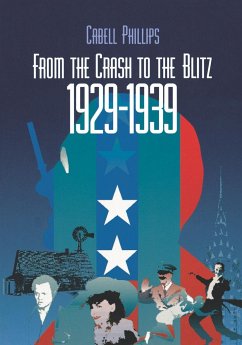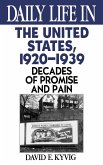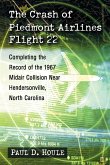In unforgettable words and images, Cabell Phillips takes the reader from the crash of the stock market to the crash of bombs in Poland. The journey was a monumental one for Americans -- time of bitterness and despair, of failure and hunger and want, but also of rebirth. The New Deal was part of a social revolution, a recreation of the American experiment. In popular culture, too, the decade beginning with 1929 saw a new flowering in music, in radio, and in the movies -- now equipped with sound tracks. In baseball, America's pastime, the decade saw the exit of the mighty Babe and the coming of the great DiMaggio and Ted Williams; the Brown Bomber, Joe Louis, dominated boxing. More ominously, overseas, dictators and militarists were on the march across Europe and Asia. Soon, Americans would be drawn into the whirlwind. Phillips's goal has been "to tell you not only what happened but what it was like to be there". His sources were the files of The New York Times and the leading periodicals of the day, histories, memoirs, diaries, and government reports. Together, text and photographs offer a total historical experience of a decade in the life of a nation shadowed by depression, heading toward war, vibrating with its own frenzied excitement.
Hinweis: Dieser Artikel kann nur an eine deutsche Lieferadresse ausgeliefert werden.
Hinweis: Dieser Artikel kann nur an eine deutsche Lieferadresse ausgeliefert werden.








